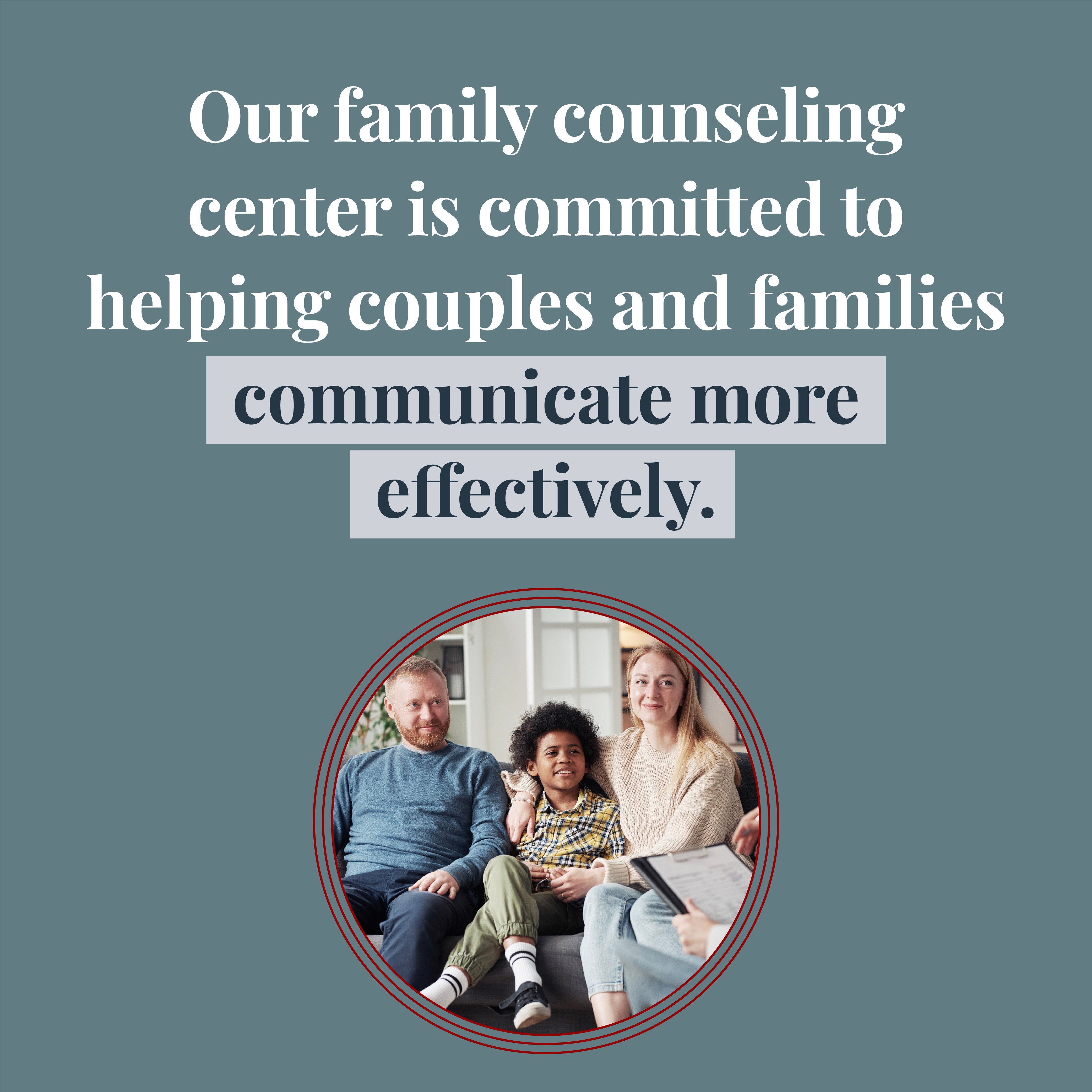How to Establish Healthy Boundaries with a Loved One
Boundaries are rules you set for yourself and communicate with your loved ones. Ideally, they are designed to protect your mental, physical, emotional, and even your financial health. That said, setting healthy boundaries with a loved one is sometimes harder than expected, especially when doing so requires a change from previous roles and expectations.
If you would like to set healthier boundaries with a family member or loved one, NPS is here for you. We understand the challenges and believe that a healthier and happier path forward is always available. Keep reading to learn more about establishing healthy boundaries–and be sure to give us a call when you are ready to speak directly with someone who specializes in family issues.

The Importance of Boundaries
You may believe that resetting your boundaries with a loved one is not worth the emotion and effort the task requires. It’s true that making a change to long-lasting habits and expectations is not easy. Here’s why we think it’s essential you do so anyway.
To Protect Your Health
Your interactions with your loved ones define your life. When those moments are more likely to be contentious or overbearing than loving and uplifting, your emotional health is put at risk. By communicating what behavior is and is not okay, you preserve your health and establish an environment in which you aren’t afraid to express your feelings.
Also, it’s worth noting: when you make a space safer for yourself, your loved one may also feel safer as a result. Telling another person how you expect to be treated allows them to set similar boundaries and strengthens the mutual respect and understanding in your relationship.
To Foster Independence
It’s normal and healthy to look to your family for validation. But it’s easy to cross the line from healthy support to unhealthy dependence on one another. Healthy boundaries help to draw that line in the sand and encourage independence and responsibility. They allow you and your loved one to prioritize your own needs and establish a greater sense of self.
To Reduce Conflict
Without a clear outline for what is and is not acceptable, it’s easy for miscommunications and unfulfilled expectations to cause conflict. When boundaries are set and respected, all parties involved will feel a greater sense of peace and contentment.
Healthy boundaries lead to healthy relationships. If you’re tired of the roadblocks caused by resentment, miscommunication, and unmet expectations, it may be time to sit down with your loved one and talk about your boundaries.
Examples of Healthy Boundaries within Families
It’s hard to set healthy boundaries within a relationship when you aren’t sure what healthy boundaries look like. Of course, what works for one family may not be right for another. Still, we’ve outlined some positive examples for you to take inspiration from. We hope you find them helpful–be sure to reach out to a member of our team if you need more guidance.
Emotional Boundaries -
- “I need space to process my feelings. Can we talk about this issue later?”
- “I’m not okay with being yelled at. Let’s talk later when emotions have settled.”
- “It’s okay if we disagree, but I won’t tolerate name-calling or personal attacks.”
Time and Energy Boundaries -
- “I’m not available to talk on the phone every day. Can we catch up once a week instead?”
- “I need to take some quiet time for myself.”
- “Please call to schedule a visit with me instead of showing up unannounced.”
Digital Boundaries -
- “Please don’t post pictures of me or my children on social media without my permission.”
- “I don’t check my email after 6 PM.”
- “I don’t always respond to text messages right away. I promise to get back to you when I can.”
Communication Boundaries -
- “I don’t want to discuss politics or religion at family dinners.”
- “I would prefer not to gossip. Let’s talk about something more meaningful.”
- “I’m not interested in a debate. It’s okay if we disagree on this topic.”
Physical Boundaries -
- “Please respect my privacy. Don’t go through my personal belongings without asking.”
- “I’m not comfortable with a hug. Could we shake hands or fist bump instead?”
- “I need a little more space. Would you mind stepping back a bit?”
As you may have noticed, the key to setting healthy boundaries is being clear and kind. If you want respect in your personal and family relationships, you must also be willing to give it.
How to Set Healthy Boundaries and Communicate Them
Setting new expectations for how you would like to be treated can be tough, especially in relationships that have been around for a long time. Remember that you are doing yourself and your loved one a favor by setting healthier guidelines. With time and effort, you may see your relationship deepen, strengthen, and grow. Here are some tips for setting and communicating your boundaries in ways that won’t offend:
- Avoid misunderstandings by being clear and specific.
- Stay consistent in your reinforcement of the new boundaries.
- Be willing to compromise when possible and appropriate.
- Stay patient with yourself and your loved one.
- Talk about why you feel a change is necessary and what you hope will be the result.
Pushback from your loved one is both expected and okay. Be compassionate but stay firm with your expectations. By acknowledging your loved one’s feelings and communicating your own, you open the door for a more collaborative and loving transition.
Speak with a Specialist
Sometimes it helps to have a neutral third-party take part in the process. At NPS, we have counselors who specialize in these kinds of family issues and are willing to help in whatever way you need. Call our office at (815) 477-4727 to set up a free 15-minute meet & greet and tell us more about what’s going on.
Are you ready to take the next step?
CONTACT US AND SCHEDULE YOUR FIRST APPOINTMENT TODAY.







